Got a water plant or two in your outdoor or indoor garden? No? Maybe it’s time to get one. Water plants are gorgeous, interesting, and pretty easy to look after.
These awesome plants can make a pond or water feature all the more interesting and improve the quality of the air, too. Read on to discover some of the best water plants that can grace your garden!
Plants are integral to the biosphere, the part of the earth which is occupied by living things. They are fundamentally the beginning of complex life as we know it. No matter which ecosystem you look into, plants are inevitably going to be there.
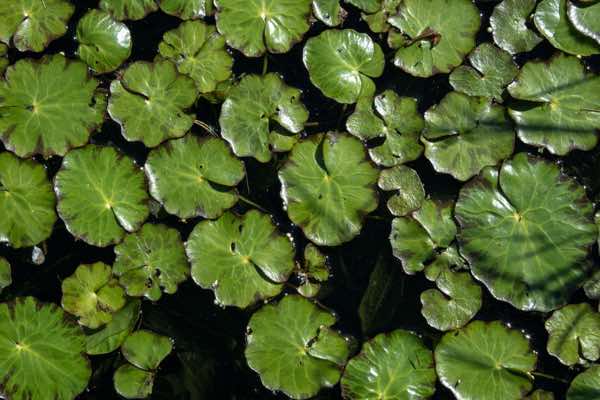
Terrestrial plants–plants that grow on land–are perhaps the most common and the ones we know so well. However, there are also epiphytic (living on trees), lithophytic (living in or on rocks), and last but not least, aquatic or water plants.
What Are Water Plants?
Water plants, also known as aquatic plants or hydrophytes, are plants that have adapted to grow in aquatic environments.
Bodies of water and wetlands support these types of plants, which have specialized parts that enable them to thrive at the water’s surface or submerged underwater.
Good to know: Some water plants are quite particular with the water, whether it’s saltwater or freshwater.
Water plants grow on bodies of water, commonly ponds and lakes. There are many kinds of water plants including:
- Deep floaters that are floating freely within the body of water without holding to the soil
- Free floaters that are freely floating on the surface
- Rooted ones that are rooted in the soil under but have parts floating on the surface
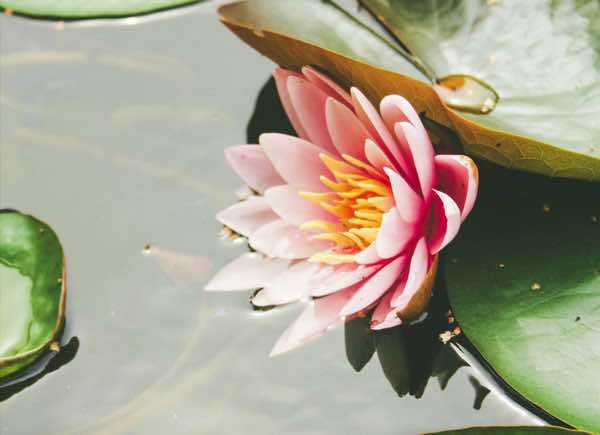
Some indoor and outdoor gardening ideas involve a number of water plants. A famous one is the “jarrarium,” which is a sort of a small aquarium (usually a jar, hence the name) filled with a lot of water plants and fish or other aquatic critters.
Another system is aquaponics, where fish tanks and plants are combined to create a self-sustainable environment where both plants and animals can thrive by using each other excrements.
You can also try out making a more permanent pond on your backyard and fill it with water plants.
There are many types of pond plants, like the marginals, deep, oxygenating plants, and floating water plants. Having a mix of these will ensure your pond to be as healthy as it should be.
Why Add Water Plants to Your Home?
One of the most obvious benefits of having water plants inside your home is their beauty.
There are many ways to put these babies inside the house, whether you want a container water garden like a “jarrarium” or a more permanent indoor pond structure.
No matter how you put them, they will make your space nicer. The sight of greens is more than a welcome one, but adding water into the view makes the whole scene even more beautiful.
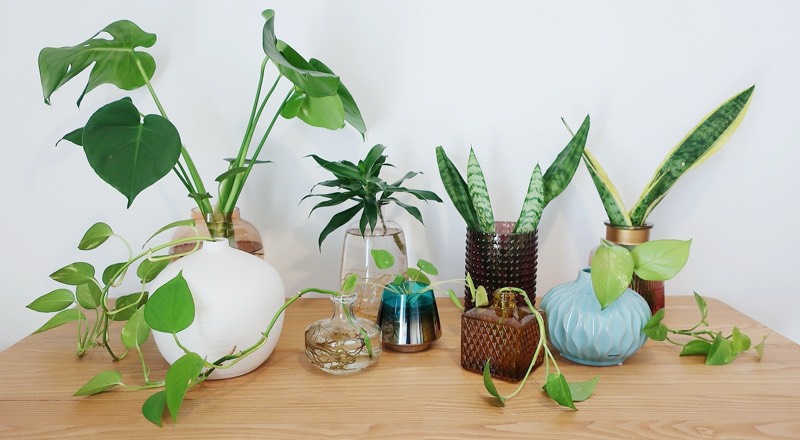
Aside from adding beauty, water plants are also great if you have an aquarium filled with fish and other underwater aquarium greens. These plants can filter out waste from fishes, replicate natural habitats, and help aerate the aquarium.
Water plants also give these fishes a sanctuary where they live and lay eggs. They protect the fish so they can hide in the roots and features of these plants.
Your swimming critters will certainly appreciate a plant or two around!
Best Water Plants to Grow at Home
In picking up water plants for your ponds, you will have to consider the size of the plants and the amount of light they require. This is especially true for indoor water gardens.
To make things easier for you, we have rounded up some of the best water plants you can have so that you can grow your own water garden in no time.
Water Plants for Indoors
Choosing the right water plant for your indoor garden is often easier said than done. There are lots of options available that can fit almost any style.
We’ve put together a list here of some of the most popular water plants for you. Read on to gain some serious knowledge!
Calla Lily (Zantedeschia aethiopica and hybrids)
Despite their name, calla lilies are actually not lilies. These plants are famous among gardeners for their beautiful foliage and sensual flowers, and they are also quite easy to take care of.
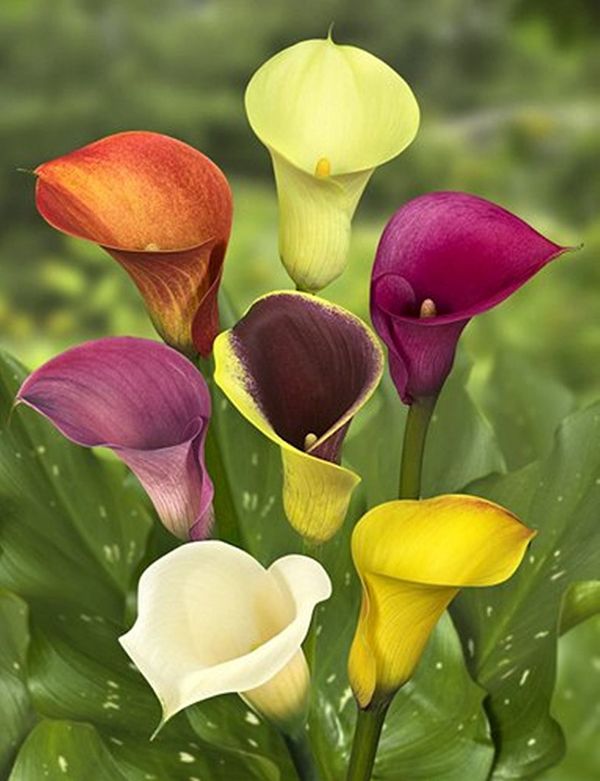
White Callas are the ones known to be semi-aquatic, while the hybrid colored ones need drainage.
The former can be fully submerged in water, while the latter are best placed where they only touch the top layer of water.
Amazon Frogbit (Limnobium laeviatum)
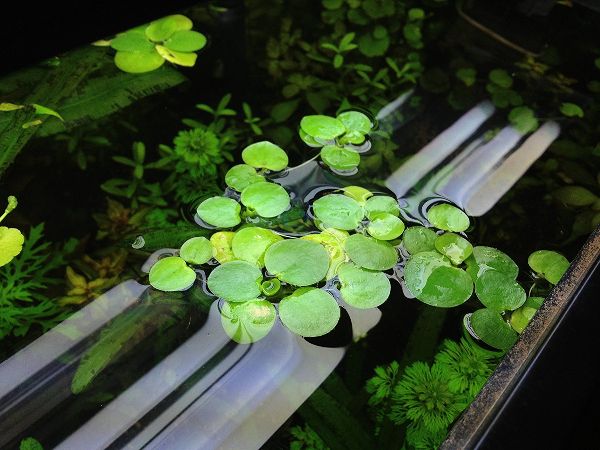
The Amazon frogbit is a popular floating water plant for ponds and especially aquariums.
Tip: They’re easy to take care of but they grow quickly if left unchecked and can cover the entire surface of the water fast, so you’ll need to thin them.
Young ones have their leaves flat, while mature ones have emergent leaves above the water. Keep the top of the plant dry or else it will rot.
Parrot’s Feather (Myriophyllum aquaticum)
The parrot’s feather plant grows underwater and can reach up to a foot above the water. Their feathery foliage is extremely attractive, making them a great addition to your water feature.
However, these water plants are considered an invasive species because they can grow fast and immediately fill their habitat.
Important: You need to check up on them every now and then in your ponds so that they don’t overwhelm your other plants.
Mosquito Fern (Azolla)
Looking like duckweed, the Azolla is a highly productive plant and can cover entire bodies of water with its tiny and water-repellent leaves in a matter of days.
Its common name, Mosquito fern, comes from the fact that it can repel mosquitoes from laying eggs.
Azolla is sometimes used as fish food, and we recommend putting these plants only if you have fish in your ponds or aquarium, as that can help curb their growth rate.
Hornwort (Ceratophyllum demersum)
Hornworts are excellent oxygenating water plants, and several fishes benefit from having these plants in their ponds and aquariums.
A rootless plant with thin leaves, the hornwort serves as a breeding ground for koi fish. Also, goldfish enjoy eating these leaves.
Good to know: These specific plants are also known to release certain chemicals that inhibit pond algae growth, making them a prime addition to any pond.
Duckweed (Lemnoideae)
One of the smallest aquatic plants in the world, duckweed is a tiny floating water plant harvested as animal food. Cattle, swine, chickens, ducks, rabbits, goats, and fish like to eat these tiny water plants.
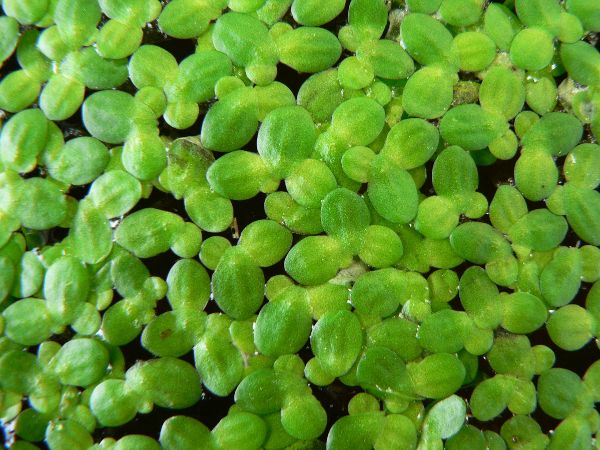
Duckweed can regulate nutrient levels and algae in the water. One kind of duckweed, the Wolffia globosa or the Asian watermeal has the smallest flower of any plant around the world.
Water Hyacinth (Eichhornia crassipes)
Water hyacinths are beautiful water plants that grow fast once established. This plant has an extensive history of choking out waters in several countries, including the United States, New Zealand, and Europe.
Each plant can hold as many as 20 flowers, making them excellent additions to your indoor garden.
You’ll have to be careful to keep them under control, but in exchange, you get a pretty plant that’s easy to grow.
Water Plants for Backyard Ponds
Outdoor water plants can add a sense of wonder to any backyard. Depending on your climate and personal preferences, some might appeal to you more than others.
Here are some of our personal outdoor water plants.
Creeping Jenny (Lysimachia nummularia)
Creeping Jenny plants are famous as ground covers and were used in herbalism for treating wounds in the old times.
They look great on the sides of outdoor ponds, where they can grow in between rocks.
They grow their cup-shaped flowers in summer, adding a colorful pop to your pond. These water plants are also an invasive species, so you will have to cut them down when they start spreading outside their area.
Rough Horsetail (Equisetum Hyemale)
The rough horsetail is great for adding a vertical presence to your outdoor ponds. These water plants can grow up to three feet high, while dwarf varieties can grow to eight inches.
Since they grow aggressively in water, you can plant them in a container before submerging them in your pond to help control their growth.
A word of caution: Despite their name, these plants are toxic to horses and cattle.
Lotus (Nelumbo Nucifera)
The water lotus is an exotic and eye-catching plant that will undoubtedly become the centerpiece of your ponds. Its flowers can spread to a foot wide and come in a variety of colors.
Water lotuses thrive in bright light and can quickly take over a pond if not contained.
Tip: Keep it in a container before submerging it 6 to 10 inches below the water surface. Make sure that you have enough space to let this big plant grow, too.
Umbrella Palm (Cyperus alternifolius)
The umbrella palm is popular for its impressive height: it can grow to six feet. It creates a soft backdrop for shorter aquatic plants. It can grow and spread notoriously fast, so it’s often best to keep it in a container.
The common practice to plant this palm in a plastic tub. You don’t need dirt because the plant mainly derives its nutrients from the pond water, but having soil can help establish the palm.
Tip: You can cut the root-ball safely because it will easily grow back.
Water Forget-Me-Not (Myosotis scorpioides)
The water forget-me-not blooms beautiful blue or pink flowers in dense mats of foliage.
These plants are best planted in moving water like in waterfalls, where you can easily stick the stem cuttings in between rocks.
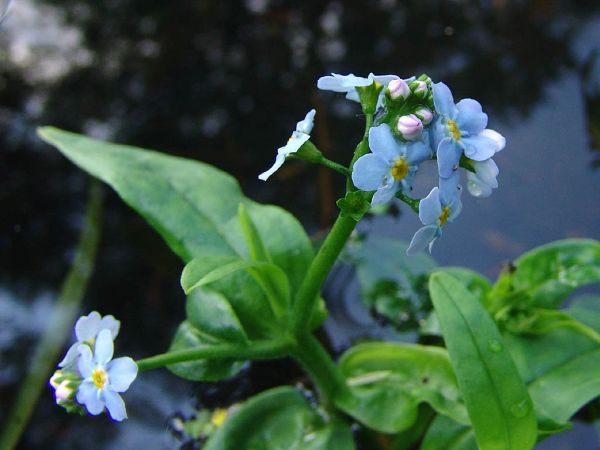
You can also plant them around the edges of the pond, as these water plants prefer shallow waters.
Tip: The plant can grow up to 28 inches high and you can encourage it to the branch by pinching.
Cattail (Typha)
Another tall plant you can add to your outdoor pond is the cattail. This water plant is great for adding an architectural presence in your outdoor ponds, with their majestic height sprouting in the sides.
As with most plants in this list, they can grow and reproduce notoriously fast, so you may want to contain them in a pot.
Fact: Native varieties grow up to six feet tall, while dwarf ones stop at two to three feet.
Mosaic Flower (Ludwigia Sedoides)
The mosaic flower is a floating plant named after its diamond-shaped leaves that form a mosaic. It grows reddish-green leaves in 3-6″ rosettes which can be an attractive texture on the surface of your pond.
These water plants are great for providing shade in ponds with fishes. They grow well in warm waters with long hours of light. The yellow flowers bloom in the middle of summer.
Water Lily (Nymphaea)
The water lily has striking similarities with the water lotus. Its most distinct difference is the leaves; the water lily’s leaves stay floating like lily pads, while the lotus leaves are well above and not touching the surface.
The water lily has been enchanting us since forever, and thankfully enough these water plants are fairly hardy, so they are perfect for beginners.
You can also choose between day- and night-blooming varieties.
Questions About Water Plants
Do you still have a few questions in mind about water plants? There is no need to worry–you are not alone! Here are some of the questions we see the most about this subject, together with answers.
Are water plants difficult to care for?
Water plants do require a bit more work than your average soil plant, but that doesn’t mean that they’re impossible to deal with. As long as you are paying attention to the quality of your water, you should have no trouble at all keeping these plants alive and thriving.
What is the most popular water plant?
There are several water plants that hold a special place in gardener’s hearts including water lily, lotus, calla lily, duckweed, and water hyacinth.
Among the gardening community, the water lily is one of the most commonly used plants for outdoor and indoor water features. These are the same round leaf plants that you see frogs sitting on in children’s books.
Where can I buy water plants?
Online retailers are a great resource for you if you’re looking to buy water plants fast. If you would rather do business in person, look around your town for a local gardening shop.
These plants are more common than you might think, so you shouldn’t have much trouble at all finding one for you! Read our best water plant guide to find the right one for you.
Flowering Your Water, Well, Sort Of
How about you stop watering your plants for a change and start flowering your water instead? Water plants make that look a lot more beautiful than it sounds!
Unless you live near a body of water, water plants are not something you see every day.
But finding them isn’t hard, and adding water plants to your garden brings you closer to nature. After all, these plants thrive in the very source of life that is water.
It’s true that the set-up and maintenance of water gardens and ponds is more of a hassle than looking after land plants and aerial plants.
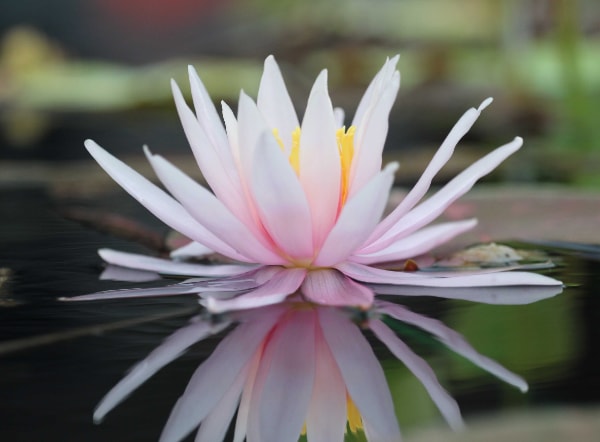
However, beyond all that, the end result will give you a sense of calm and peace that only emerald greens among still waters can bring.
Now over to you. Which water flower would you pick for your home or pond? Let us know in the comments below. We would love to hear from you!

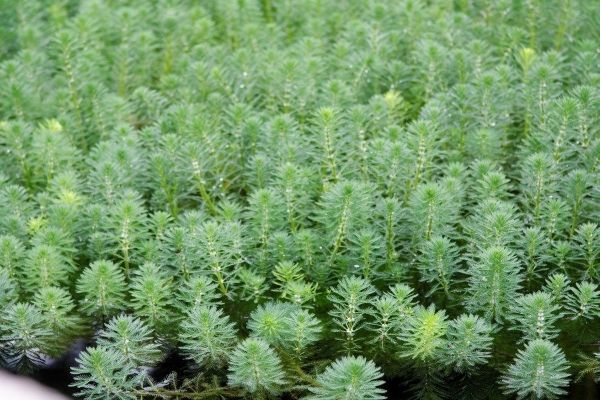
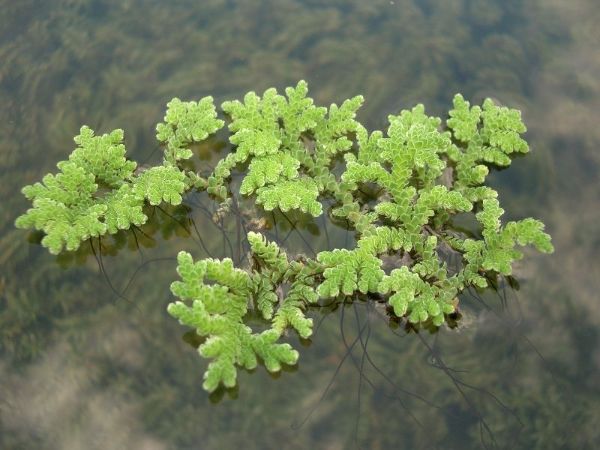
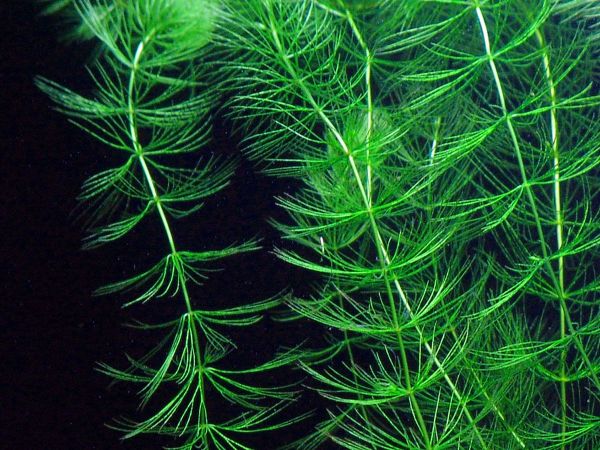
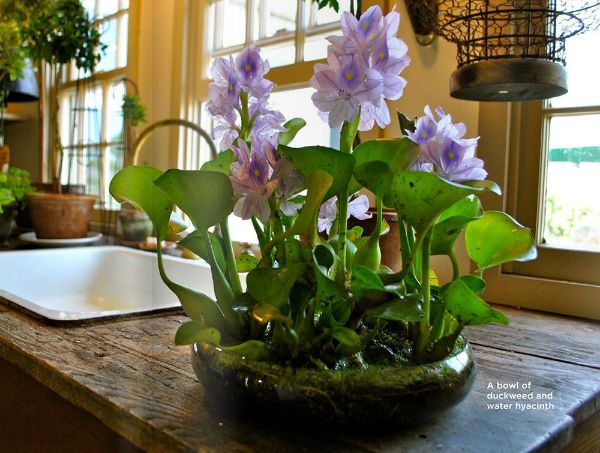
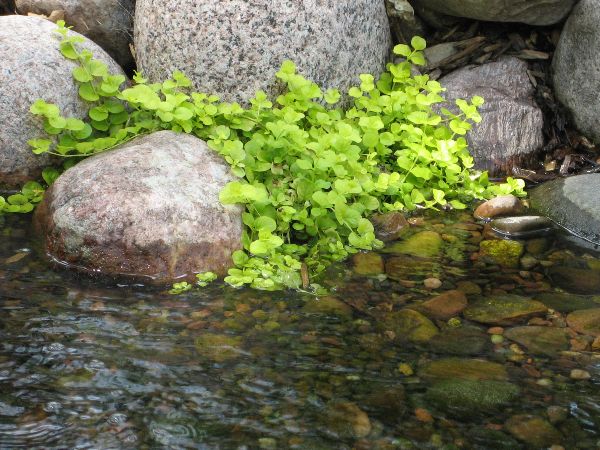
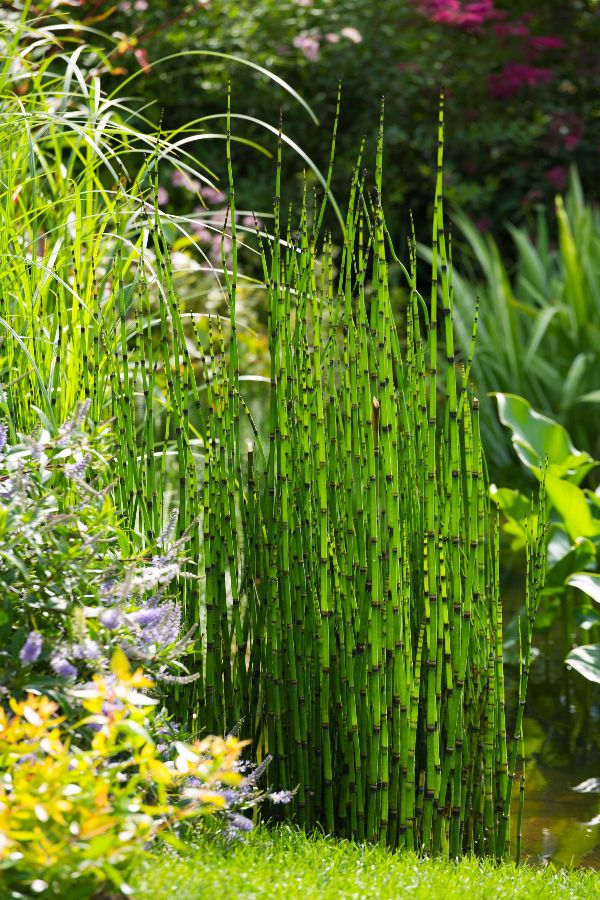
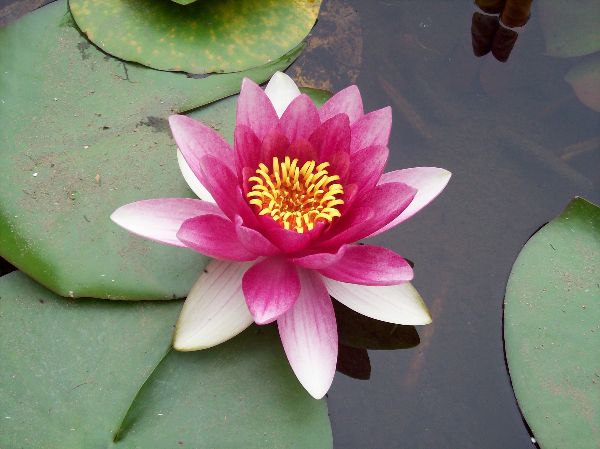
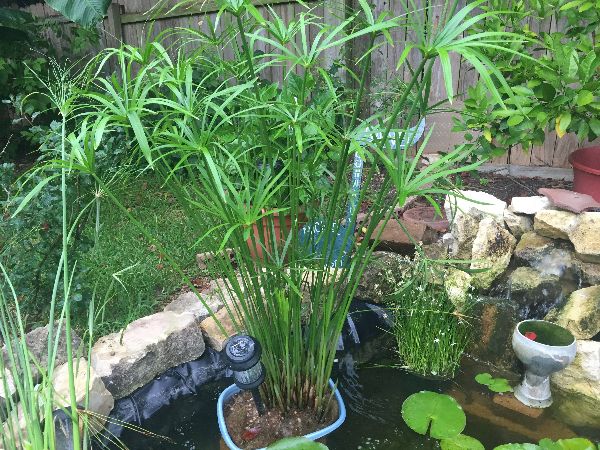
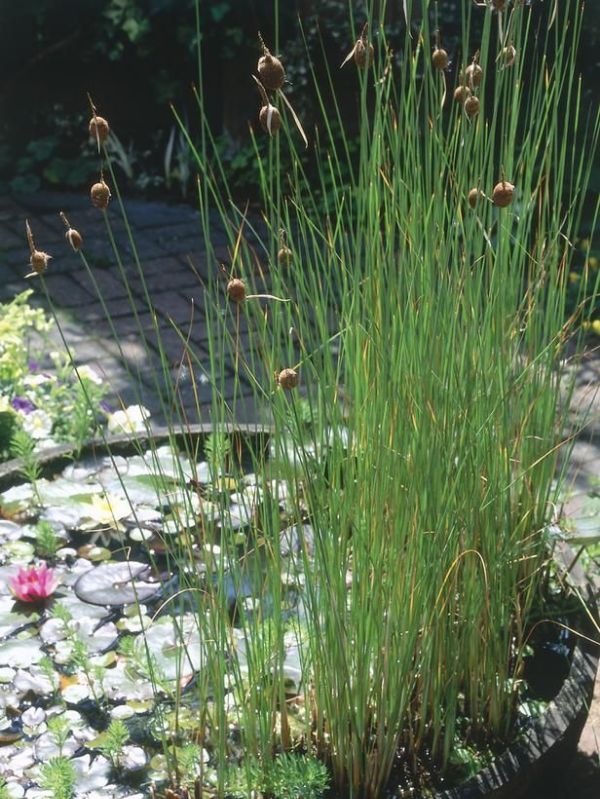
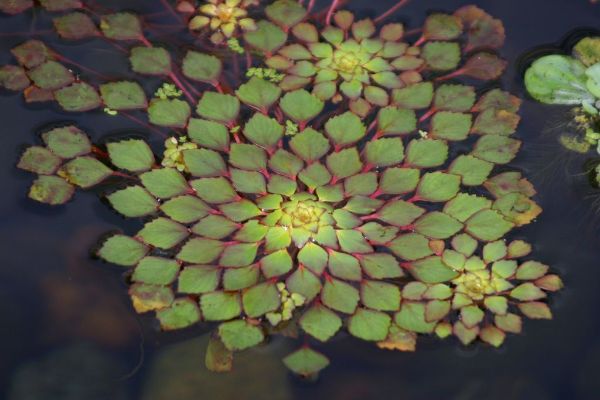
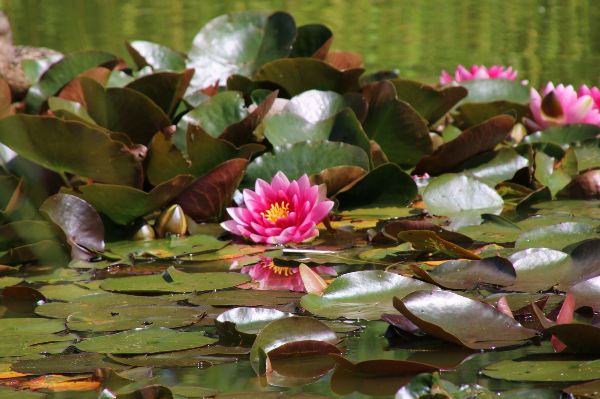
Does water not go stale in an aguarium with plants? Is there something you have to had to get rid of stale water.
As long as there is a decent water flow, the water will not get stale. Plants help out aquariums as they release oxygen and absorb CO2. This keeps the water fresh and the fish happy, creating a natural ecosystem 🙂
Nice article and very timely as I was shopping for aquatic plants today. Purchased 2 tiger lotus and 1 water clover.
Any advice or warnings would be appreciated since both are new to me. I have many other aquatic plants but not these.
Hi Ellen, congratulations on your two new plants and we are excited to help you out with some tips. I’ll start with a few warnings and end this with some good news. First, I have to warn you not to grow your tiger lotus along with cichlids, goldfishes, or other fishes who love digging on substrates because it might lead to uprooting the lotus plant’s bulb or worse, slow down its growth.
On the other hand, water clovers are super easy to maintain and care for. But, you have to always take measures in limiting its growth as it can results to depletion of oxygen, or worse, fish kill.
Other than that, you can grow these plants similar to your other water plants. Both require minimal sunlight and can acquire nutrients they need from fish poop. Happy planting!
Hi Nancy! This is such a lovely post, I truly appreciate the photos that show the beauty of these water plants! I just bought a house that came with a small pond that is overgrown with lance-leafed arrowheads and water hyacinths. Instead pruning, dividing, and throwing out the overgrowth, I would rather just divide the roots and plant some indoors but I cannot find anything online that will tell me the best way to repot or plant them indoors. Have you made a post about this or know of any?
Hi Courtney, Thank you for reading our content and for your wonderful question. We have no article yet tackling how to repot water plants indoors. Both the plants you are dealing with now are beautiful but destructive plants in the wrong environment. The great thing though is that both of them do not require special care, except from occasional thinning to keep their roots from choking out everything in the pond. Thin them out when they already cover 60% of your pond.
In terms of getting them inside your house, the best container you can put them are half barrels. You can cover the inside of the barrel with a durable garbage bag. Then, you can place a layer of your garden soil at the bottom of the barrel, followed by a thin layer of sand. After that, fill it with water and let the water plants float on top. If you want to use them as a centerpiece or display, you can also use transparent glass half-filled with water. Happy planting!
What a beautifully designed and photographed webpage.
I have qualifications in horticulture and it destroys me when I’m attempting to encourage my friends to plant something and I can only find the most discouraging of photos…. a flower with no foliage, a branch with foliage no flowers, and hardly ever a shot of the mature tree ……and even then its the worst specimen grown in the wrong aspect!!
You have a gift. Style and class.
Thank you Ann-marie! That is really nice of you to share. Bless you